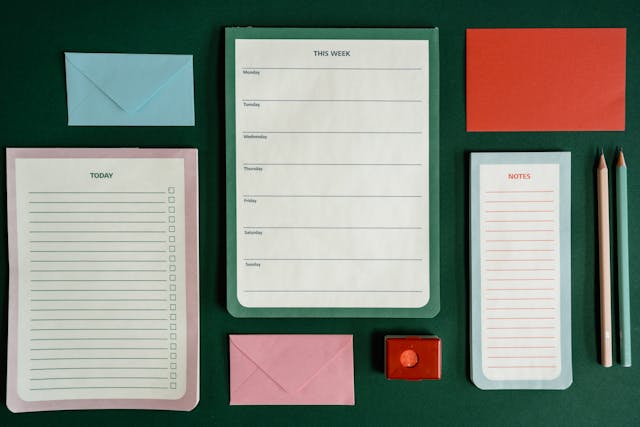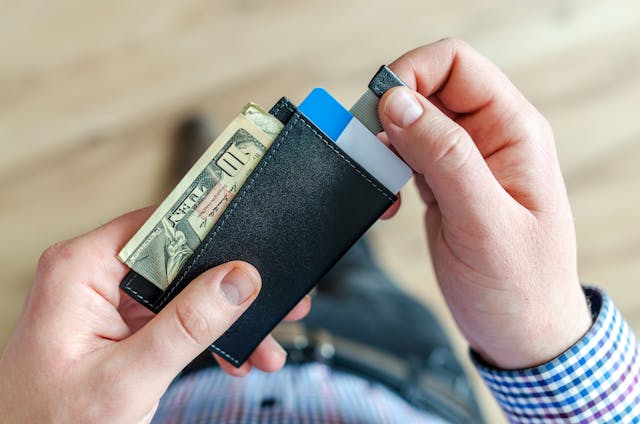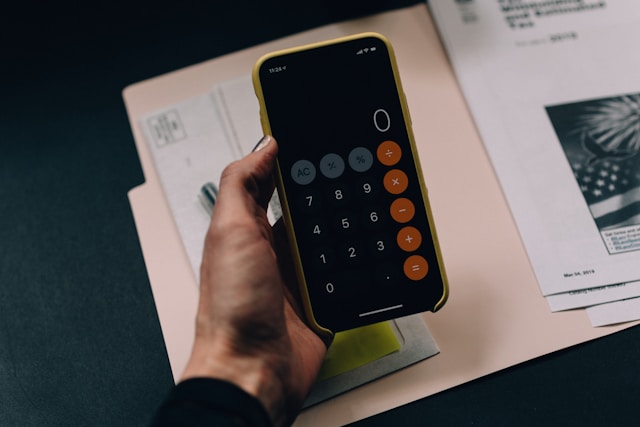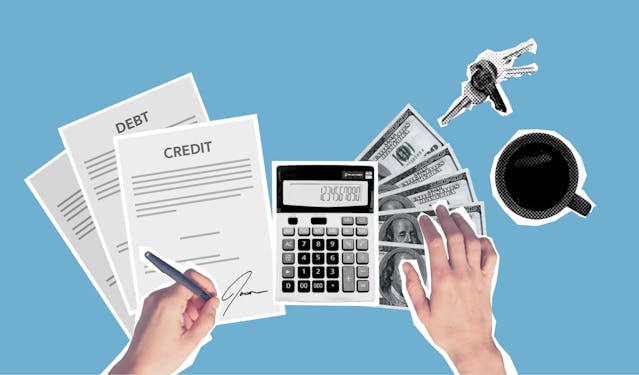In today’s fast-paced world, it’s easy to get caught up in the cycle of overspending and living paycheck to paycheck. However, with the right budgeting techniques, you can break this cycle and build a sustainable budget that will help you achieve your financial goals. In this article, we’ll explore the key components of successful budgeting and how you can implement them to create a healthy spending habit.
Why Is Budgeting Important?
Budgeting is the process of creating a plan for your money. It allows you to track your income and expenses, prioritize your spending, and save for the future. Here are some key benefits of budgeting:
Helps You Stay on Track
Budgeting helps you stay on track with your financial goals. By creating a budget, you can see where your money is going and make adjustments to ensure that you are spending within your means. This can help you avoid overspending and accumulating debt.
Allows You to Prioritize Your Spending
With a budget, you can prioritize your spending and allocate your money towards the things that are most important to you. This can help you make more intentional and mindful spending decisions, rather than impulse purchases that may not align with your long-term goals.
Helps You Save for the Future
Budgeting also allows you to save for the future. By setting aside a portion of your income for savings, you can build an emergency fund, save for a big purchase, or invest in your retirement. This can provide financial security and peace of mind for the future.
Read More on When should you plan for Retirement?
What Are Some Key Components of Successful Budgeting?
Now that we understand the importance of budgeting, let’s explore some key components of successful budgeting that can help you build a sustainable budget.
Set Realistic Goals
The first step in creating a budget is to set realistic goals. These goals can be short-term, such as paying off credit card debt, or long-term, such as saving for a down payment on a house. By setting achievable goals, you can stay motivated and focused on your budgeting journey.
Track Your Income and Expenses
To create an accurate budget, you need to track your income and expenses. This can be done manually by keeping a record of your income and expenses in a notebook or spreadsheet, or you can use budgeting apps and tools to automate the process. By tracking your income and expenses, you can see where your money is going and identify areas where you can cut back on spending.
Categorize Your Expenses
Once you have tracked your expenses, it’s important to categorize them. This can help you see where you are spending the most money and identify areas where you can make adjustments. Common expense categories include housing, transportation, food, entertainment, and savings.
Create a Realistic Budget
Based on your income and expenses, create a realistic budget that aligns with your goals. Be sure to include all necessary expenses, such as rent, utilities, and groceries, as well as discretionary spending. It’s important to be honest with yourself and create a budget that you can realistically stick to.
Review and Adjust Regularly
A budget is not a one-time thing. It’s important to review and adjust your budget regularly to ensure that it is still working for you. Life circumstances and expenses can change, so it’s important to be flexible and make adjustments as needed.

What Are Some Tools and Techniques for Successful Budgeting?
In addition to the key components of successful budgeting, there are also various tools and techniques that can help you build a sustainable budget.
The Envelope System
The envelope system is a budgeting technique where you allocate cash into different envelopes for different expense categories. This can help you visually see how much money you have left for each category and prevent overspending. Once the cash in an envelope is gone, you cannot spend any more money in that category until the next budgeting period.
Check out our Top rated Budget planner pick from amazon.
The 50/30/20 Rule
The 50/30/20 rule is a budgeting technique that suggests allocating 50% of your income towards necessities, 30% towards wants, and 20% towards savings and debt repayment. This can help you balance your spending and ensure that you are not overspending in any one category.
Budgeting Apps and Tools
There are many budgeting apps and tools available that can help you track your income and expenses, create a budget, and set financial goals. Some popular options include Mint, YNAB, and Personal Capital. These apps can also provide insights and recommendations for improving your budgeting habits.
What Are Some Common Budgeting Mistakes to Avoid?
While budgeting can be a powerful tool for achieving financial stability, there are also some common mistakes that people make when creating a budget. Here are some things to avoid:
Not Tracking Your Expenses
One of the biggest mistakes people make when budgeting is not tracking their expenses. Without knowing where your money is going, it’s difficult to create an accurate budget. Be sure to track all of your expenses, even small ones, to get a complete picture of your spending habits.
Read more tips on how to how to create a sound budget here.
Not Being Realistic
Another common mistake is not being realistic with your budget. It’s important to be honest with yourself and create a budget that you can realistically stick to. If you set unrealistic goals or budget too strictly, you may become discouraged and give up on budgeting altogether.
Equip thy minds with the wisdom of coin and commerce With our recommended Financial Literacy for Young Adults. Venture forth to the Amazon marketplace, where the scrolls of financial literacy await thee! Join the quest for prosperity and enlightenment, and may thy coffers overflow with the treasures of knowledge.
Not Reviewing and Adjusting Regularly
As mentioned earlier, a budget is not a one-time thing. It’s important to review and adjust your budget regularly to ensure that it is still working for you. If you don’t make adjustments as needed, your budget may become outdated and ineffective.
Conclusion
In conclusion, budgeting is an essential tool for achieving financial stability and reaching your financial goals. By setting realistic goals, tracking your income and expenses, and using budgeting techniques and tools, you can build a sustainable budget and develop healthy spending habits. Remember to review and adjust your budget regularly and avoid common budgeting mistakes to ensure long-term success. With dedication and discipline, you can take control of your finances and achieve financial freedom.





























